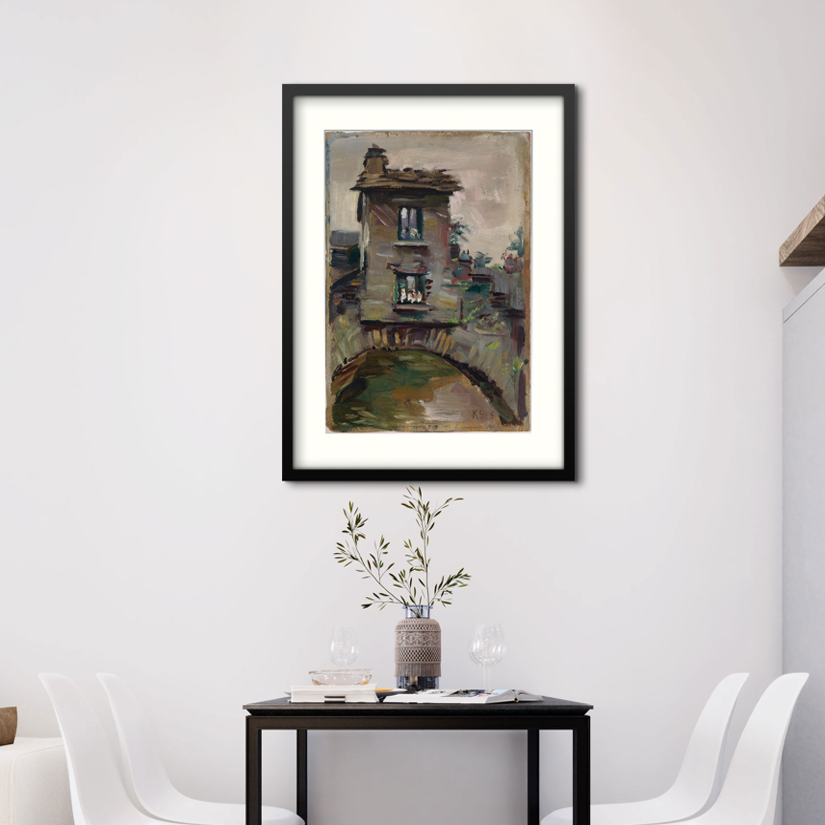At The Armitt, we have devised some fun and creative new experiences that will help you to learn more about the history of Ambleside and our collections through game play – mainly cracking puzzles and solving clues.
If you’ve played an escape room before, it is a similar style of activity, but we’ve changed the dynamic. Instead of trying to get OUT of a room you’re trying to get IN to a box.
Grab your friends, family or colleagues to take part in our brand-new “Escape Box Experiences”.
Welcome to The Armitt – a museum, gallery, and library full of interesting and unusual objects telling the history and heritage of Ambleside, its people, and the surrounding Lake District landscape. Tickets to visit the museum and exhibitions can be booked online via the website or alternatively at the museum’s visitor reception. Please explore our online content and we look forward to welcoming you and helping you explore the heritage of the Lakeland world.
NEW EXHIBITIONS: 12 FEB-20 DEC 2025

ALFRED WAINWRIGHT


THE ARMITT EXPLORES . . . BEATRIX POTTER
The Collections
Archaeology
Nestled in the valleys, mountain ranges, and on the coastlines of Cumbria are ancient artifacts, giving us a glimpse into the lives of past peoples. These artifacts are pieces of archaeology. The Armitt holds over 1000 of such archaeological items in its collection ranging from prehistoric items to objects from the Roman occupation of Ambleside from the first to the fourth centuries.
Kurt Schwitters
German-born artist Kurt Schwitters settled in Ambleside in 1945. Many of his paintings are now in The Armitt’s collection, including Silver Howe, Bowl of Flowers, and Dr Johnston. Find out more about the artist and his works here.
The Armitt Sisters
The Armitt was named for, and after, Mary Louisa Armitt who wished that there would be “a place for academic and booklovers and eventually a museum might be made that should illustrate the life of Ambleside, through the long past to the present”. Discover the Armitt sisters’ story.
Charlotte Mason
Charlotte Mason (1842-1923) established her House of Education in Ambleside in 1892. Her friend Selina Healey whom she had met at college in London in 1860 lived there, and Charlotte often visited. She thought Ambleside was an ideal place to set up her training institution for governesses.
Beatrix Potter
Few people are more embedded in the Lake District than writer and artist Beatrix Potter (1866-1943). She is world famous for her beloved children’s books, but she achieved a great deal more in her life. Learn about her scientific ambitions, her watercolours of fungi and archaeological artefacts, her involvement in Cumbrian farming, and much more…
EXPLORE MORE . . .




















